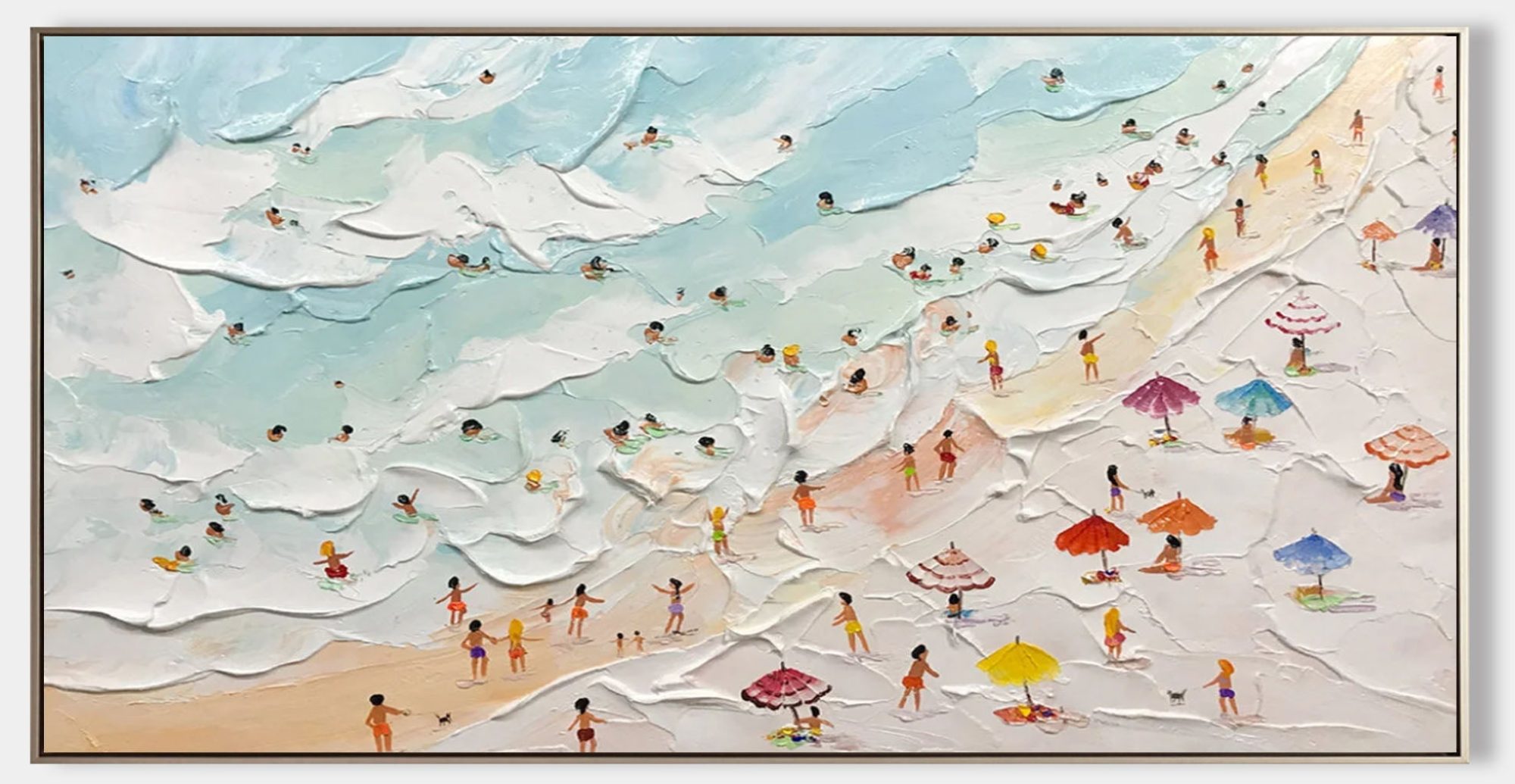Intro: Backgrounds Set the Mood
Let’s face it — flowers are the stars of the painting. But without the right background, even the brightest bloom can look kind of… flat. Choosing a background isn’t just about “what looks nice.” It’s about creating contrast, setting the mood, and helping your flowers feel grounded in the scene.
So, how do you know which color works best? Let’s go over a few tried-and-true ideas.
Light Neutrals for Soft and Peaceful Vibes
For beginners (and even pros), light neutral colors are a safe and stylish bet. Think: soft peach, creamy ivory, dusty rose, or light grey. These create a calm atmosphere and work really well with gentle florals like peonies or daisies.
It’s like putting your flowers in a sunlit room — everything feels warm and welcoming.
Go Bold or Go Home? Sometimes, Yes.
If you’re painting vibrant flowers — think red poppies or bold yellow sunflowers — a dark or rich background can help them stand out big time. Midnight blue, charcoal, or even deep teal can make the petals glow by contrast.
But warning: don’t go dark just for drama. If the background’s too strong, it might fight with your flowers for attention.
Muted Colors = Harmony
One great tip? Use muted versions of your flower colors in the background. Got pink roses? Try a background of soft dusty mauve or desaturated coral. This technique keeps everything in harmony without looking too matchy-matchy.
Painters often call this a “tonal background.” It’s great for people who love more subtle, moody pieces.
Add Sky or Garden Feels with Natural Tones
Want your flower painting to feel like it’s outdoors? Go with nature-inspired colors — light sky blues, leafy greens, or even soft soil browns. It instantly gives the painting a setting.
Bonus: this style works perfectly for wildflower paintings or loosely arranged blooms that aren’t sitting in a vase.
Background Textures Matter Too
Quick tip — background texture makes a big difference. If your flowers are painted with soft, smooth strokes, try adding a little texture behind them using thicker paint or a dry brush.
It adds contrast not just in color, but also in feeling. And hey, it makes the painting look more interesting close-up.
Consider Lighting in Your Painting
If you’re painting a flower with light hitting from one side, try reflecting that light in your background too. Add lighter hues to the side where the “sun” is, and slightly darker on the opposite edge.
It’s a small detail, but it can make your work look way more realistic (and a lot cooler).
Don’t Overthink It (Really)
Here’s something many new artists don’t realize: the background can be painted first, during, or even after the flowers are done. Oil paint is flexible like that. So, if the color you picked feels wrong — change it!
Use your instincts. Trust your eyes. If it feels too dull or too loud, tweak it until it looks right. Art doesn’t need to be perfect, just expressive.
Wrap-Up: What’s Behind the Bloom Matters
Next time you’re painting a simple flower piece, don’t just leave the background blank or last-minute. Pick a color that supports your flowers, not competes with them. Whether you go soft, bold, or neutral, make it part of the composition.
Your flowers will thank you.
